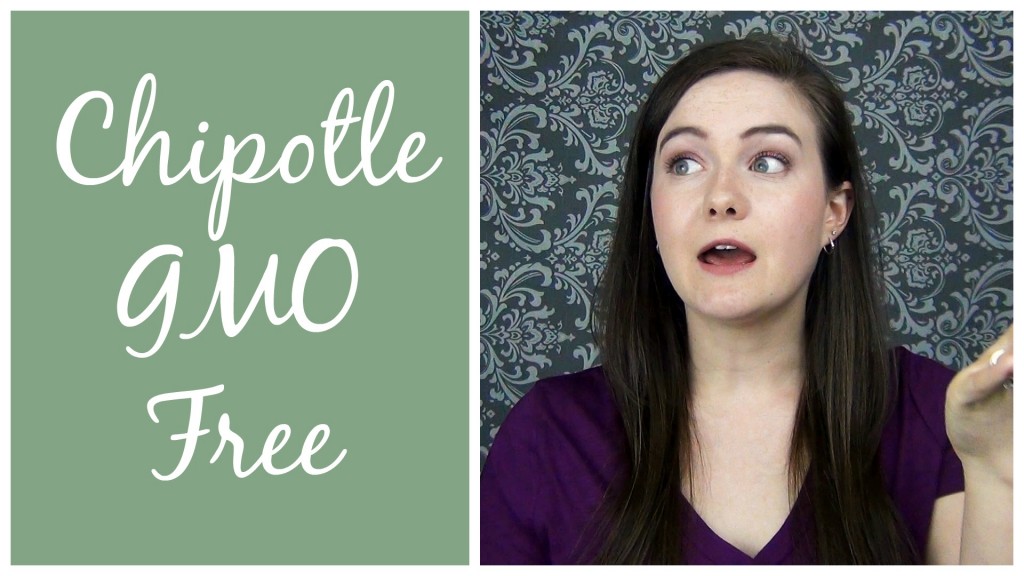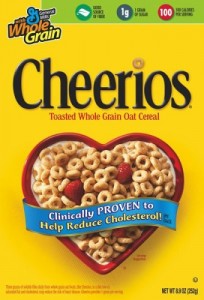After digesting (har-har) some of the information in my previous post, you may want to know more about where GMOs lurk in our food supply and how to avoid them. At this stage of the game, GMOs are not labeled, so you're going to have to play detective a little bit. However, once you know the tricks, choosing GMO free food will be second nature. Here are some tips to remember when you're strolling down the grocery store aisle.

1. Know the foods that are commonly GMO.
Topping the list are corn and soy which are predominantly GMO and used in just about every processed food you can find. High-fructose corn syrup anyone? Also, many of those odd food additives that you're just not sure what they are or can't even pronounce are made from GMO corn or soy too. Canola oil and sugar beets are common culprits as well.
In the produce section, Hawaiian papaya, corn on the cob, zucchini, and yellow summer squash may be GMO as well. Unless they are marked as organic or non-GMO, you simply can't tell.
2. Choose Organic.
As a part of organic certification, foods labeled as organic cannot intentionally contain GMO ingredients. While this doesn't protect you 100% due to issues such as cross-pollination with neighboring GMO crops, it's one of the best ways to protect yourself. Also, never forget that organic does not equal healthy or exempt you from digging a little deeper and reading the ingredients list. As I stated in a previous label reading post, a product labeled as organic must have at least 95% organic ingredients, so there still could still be a few less that ideal ingredients in the product. Plus, organic or not, any food that contains refined grains or excessive amounts of sugar is definitely not a health food in my book.
3. Look for the Non-GMO Project label.
Non-GMO Project is an independent, third-party organization who, according to their website, verifies that "a product has been produced according to rigorous best practices for GMO avoidance, including testing of risk ingredients." What this means, is that they can't verify that every product is 100% GMO free because they don't test end products. However, this label is the most rigorous standard and your best bet to finding food without GMOs. For more information on this label, click the picture to the right to link to their website.
4. Know your farmer. Know your food.
The best way to know what's in your food and where it comes from is to step out of the grocery store, head to your local farmer's market or roadside stand, and get to know the people who grow your food. Ask them about their philosophy and growing practices and find out what's important to them. Even better, visit their farm and get a first-hand look at how they do things. Not only will you be supporting farmers in your area, but you'll help to build a sense of community that is invaluable.
Final thought:
If avoiding GMOs is important to you, it's definitely possible. However, I still feel that labeling is essential. Whether you're for or against GMOs, every consumer has a right to know what is in the food they are purchasing. That information shouldn't be shrouded in a veil of mystery or hidden to prevent a dip in sales.
Are you concerned about GMOs and the risks they pose? Would you like to see labeling of these products?
 Chipotle has recently announced that they are now GMO free! This is great for people looking to avoid GMOs, but what has actually changed with the food and what work still needs to be done?
Chipotle has recently announced that they are now GMO free! This is great for people looking to avoid GMOs, but what has actually changed with the food and what work still needs to be done?




